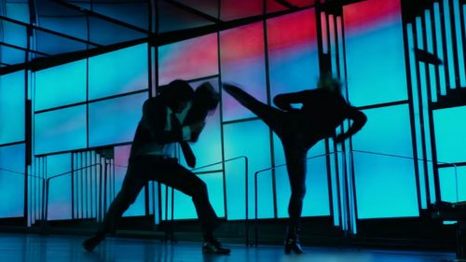 Chad Stahelski's John Wick: Chapter 2 is a gloriously fulfilling follow-up to its predecessor- a bigger, more explosive film that builds off the same principles that made the first entry so memorable, delivering another gleefully violent, self-aware hitman saga full of high-octane gunplay and intricately designed fight choreography. Having more in common with ballet than most modern action films, John Wick: Chapter 2 wastes no time diving headfirst into its carnage-soaked dance of mayhem, finding our heroine thrust into action once again, this time by Italian Crime lord Santino D'Antonio, whom Wick owes a blood oath too. Reluctant to accept at first, John eventually agrees to Santino D'Antonio's request, a decision which eventually leads to John Wick himself having a large bounty placed on his head when D'Antonio double-crosses him. Fans of the first film are certain to enjoy Chapter 2, with this iteration doing even more when it comes to high-flying action choreography and gunplay than its predecessor, offering up a tight, fast-paced narrative that never lets up. There are so many memorable action set-pieces, from the Paris catacombs, to the house of mirrors sequence, but perhaps the absolute standout is the showdown between John Wick and Cassian, played by Common. The one-on-one fight between these two characters is a sequence that epitomizes this franchise, a sequence full of electric, testosterone-dripping violence, but also self-aware humor, which finds these two character's tumbling down a seemingly never-ending sequence of stairs, a scene in physical comedy that would probably make Buster Keaton himself stand-up and cheer. Chad Stahelski's John Wick: Chapter 2 is nonstop fun from start-to-finish, a worthy successor to the highly-entertaining original that offers yet another welcome reprieve from the currently superhero-dominated action genre.
0 Comments
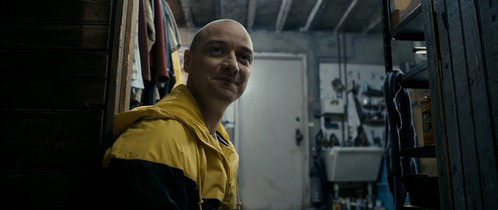 M. Night Shyamalan's Split is a film built around its sense of mystery and intrigue, a unique horror story about a man suffering from severe multiple personality disorder, who kidnaps three teenage girls one day in broad daylight. Intentionally evasive when it comes to the details surrounding its characters, both in its antagonist, Kevin, the man whose mind is constantly up from grabs by 24 unique personalities, and Casey, one of the kidnapped girls, a social outcast who herself seems to have a mysterious past, Split's narrative compellingly unravels, offering up a unique slice of fantasy horror that should appease most viewers who are simply looking for something different from the genre While Split is far from an astute study of mental illness or the toxic effect which trauma can have on the human psyche, M. Night Shyamalan has crafted a compelling blend of supernatural horror and mental health introspection, with the divisive filmmaker not relying solely on twists or reveals like so many of his past films, instead letting the sound storytelling unravel the sense of intrigue, keeping the viewer guessing from start to finish about the outcome while never promising any type of shocking twist, something which began to plague the talented horror filmmaker due to his self-induced, predictable formula. While Shyamalan's direction effectively elevates the tension of this story from start to finish, it's James McAvoy's memorable performance that truly stands out in Split, a tour-de-force showing by the talented actor whose chameleon-like ability to move from personality-to-personality elevates the electric, unpredictable nature of the story. Without going into details, Split is a film that thematically plays with the convergence of the supernatural and natural world, a film that pays off its supernatural elements with a clever conclusion that doesn't feel cheap or tagged on as much as it may appear to the casual viewer, thematically linking itself to one of Shyamalan's other efforts, Unbreakable, where the barriers between the supernatural and reality are shattered. Far from a perfect film, Split is a welcomed return for the divisive filmmaker, a film that sees Shyamalan trust in his story and thematics more so than cheap twists, unraveling his narrative with a constant and steady dose of tension and intrigue. 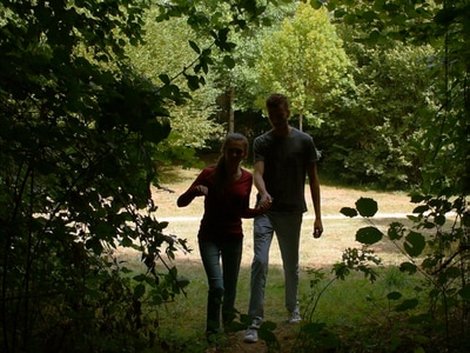 Taking place in a single location, the confines of a Park in the middle of summer, Damien Manivel's Le Parc is an enigmatic curiosity, a fable-like exploration of human emotion that follows two teenagers, a boy and a girl, who are meeting up for a first date in the park. Le Parc is a near masterclass in the economics of filmmaking, a seemingly simplistic story which taps into the profound effect emotion can have on the overall psyche of an individual, delivering a dreamlike fable full of introspection and fascinating insights throughout this simple story of boy meets girl. Early on, Manivel's Le Parc is tender and alive in its simplicity, exhibiting the hesitant fragility of these two characters who are feeling each other out, each radiating in their innocence, infectious in their curiosity towards each other as the promise of connection and/or companionship is very much a possibility. The film's tone shifts quickly in the second half of the film, with the revelation that the boy himself already has a significant other delivering a striking blow to the girl, whose psyche full of optimism and exuberance finds itself dashed under the weight of this betrayal. Through this impressionistic fable, Damien Manivel exhibits how fleeting life's truly joyous moments can be due to our emotional complexities, demonstrating the relativity of emotion in time and space, and how the weight of emotion, rather positive or negative, impacts our perceptions of time. Minimalist in design, Le Parc's impressionistic cinematography gives the film a very dreamlike, fantastical feel, the visual design supplementing the internal emotions of these characters, through both the promise of love and the eventual threat of isolation and loneliness which is felt through this girl's introspective character arc. The static photography gives the film a tranquil quality, with the sun-drenched green fields, and luscious vegetation of the park beautifully exhibiting the joyous nature of these two character's interaction, one where the promise of connection and possibility of companionship is expressed visually. When these two character's share a kiss in a secluded area of the park, Damien Manivel's brilliant but simple decision to use a basic shot-reverse-shot of their faces, similar to the work of Eugene Green, pays off in spades, beautifully exhibiting the exuberance and shared intimacy of both these characters, who at least for a moment, are one. The back half of the film, where the girl finds her promising romance shattered, takes place between dusk and darkness, the pitch black night expressing the emotions of a character whose illusion of romance and the possibility of love is shattered by the revelations that this boy himself has a girlfriend. Tonally what was once vibrant and alive, is replaced with the piercing silence of solitude, with the open fields of the park, the expanding space of the visual design feeling far more prevalent as it evokes the feelings of loneliness and isolation being felt from our protagonist. A dreamlike experience, Damien Manivel's Le Parc is a minimalist exploration of love, companionship, and human emotion, a film that through a simple date in the park, which starts out promising but ends poorly, manages to tap into they dynamic nature of emotion, and how its relativity to circumstance often shapes the world in how we experience it. 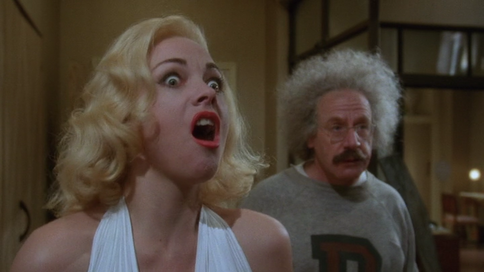 Thematically complex while narratively simplistic, Nicholas Roeg's Insignificance is an imperfect, yet endlessly intriguing reflection on fifties America, which uses four 1950's cultural icons (Albert Einstein, Marilyn Monroe, Joe DiMaggio, and Joseph MacCarthy) to deliver a whimsical, yet dread-filled examination of cold-war paranoia that touches on the intrinsically fickle nature internal perception can have over all individuals, demonstrating how our relative perceptions themselves, fueled by personal circumstance and memory, shape our over-arching in the world. Taking place over the course of a single night, Insignificance finds each of these character's struggling in one form of another, each haunted by their own relative issues. Einstein is haunted by Hiroshima, wracked by the guilt associated; Monroe struggles with being perceived as nothing more than a sex object, craving intellectual credence; McCarthy is at the height of his red-scare, witch-hunting powers though behind closed doors he is a weak, impotent sleaze; Dimaggio is in the twilight of his career, insecurities related to his celebrity seep into his psyche, he has become self-obsessed with his wife, Marilyn, and prone to violent outbursts. Each character, the mental state in which they find themselves, seems to have them barreling down a road of self-destruction, with their troubled circumstances/past experiences suggesting a questionable future. The interplay between these characters is dynamic and lively, featuring strong performances from all involved, and while Insignificance can be a bit beguiling at times, each character's internal struggle, their obsessions, fuel this ideal that they will never truly find peace-of-mind and/or happiness. Insignificance uses the 1950's American paranoia and Eisenstein's theory of relativity to comment on how perception is always defined by one's own frame of reference, as we gradually begin to understand that many of these character's are victims of their own psyches. Events we believe to be significant in the course of the narrative begin to reveal themselves as insignificant in the scope of the grand-scale narrative- with the finale itself being perhaps the best example of this, where Einstein sees a nuclear holocaust erupting, only for the camera to pull back and reveal that this grand-standing paranoia is nothing more than another figment of his imagination, an insignificant event in the scope of the world that is perceived as apocalyptic by the relative introspection of Eisenstein, a man who is wrecked by guilt due to his association with the creation of the nuclear bomb. It's through these character's unique frames of reference that Roeg's Insignificance applies the famed scientists' theory of relatively to cultural perception, with the personal issues of these characters being a manifestation of the fear and paranoia associated with 1950's America. Featuring Nicholas Roeg's typical visual flair and kinetic editing, Insignificance is a delirious, beguiling, yet astute piece of filmmaking that uses 1950's American culture icons to touch on the destructive qualities of obsession, and how we all as individuals and as a cultural collective, can be victims of our relative experiences.  Taking place in rural New South Wales, in a slowly dying logging town, Simon Stone's The Daughter is a dramatically charged, character-driven story, which explores the organic conflict that exists between pride and forgiveness, detailing how the destructive nature of past deceits, lies, and mistakes often threaten the livelihood of individuals present and potential future. The story itself is centered around Christian, a young man who returns to his family home in New South Wales for the wedding of his father, Henry, a wealthy man and owner of the local mill. While nothing about The Daughter's narrative is overly didactic, it is apparent early on that Christian harbors animosity for his father, a powerful man in the local community, who recently had to close down the local mill, displacing much of the community. Christian's animosity towards his father isn't spelled out at first, but as the narrative progresses it becomes clear that he blames his father for the death of his mother, who took her own life several years ago. Reconnecting with his childhood friend Oliver, who is happily married with a daughter, Christian's return to New South Wales slowly unearths long-buried secrets about his father's past, secrets which eventually threaten to shatter the lives of everyone involved. The Daughter is a film that unfolds with great mystery and intrigue, beautifully juxtaposing the serene Aussie landscapes, the tranquility of nature, with the slowly building conflict between its characters, one where long dormant secrets are slowly revealed, threatening to shatter the very foundation of which character's have built their lives upon. A film that doesn't shy away from melodrama, The Daughter details a portrait of a character in Christian who is deeply suffering, consumed by his personal failures while simultaneously haunted by the guilt and animosity towards his father, a man he views responsible for his mother's death. Christian's own pain and anguish eventually becomes toxic and combustible, with his venom towards his father threatening not only his father's own happiness but also that of his close friend Oliver. Through this examination of Christian, The Daughter documents a character whose broken, whose inability to forgive leads him down more pain and anguish, detailing how a vengeful persona only causes more pain for everyone involved. Without going into details, as The Daughter as a narrative is cleverly structured with quite a few revelations throughout, Simon Stone has crafted a film that captures the intermingled relationship between self-doubt, pride, pain, and forgiveness, detailing in Christian a character whose pain breeds disdain, ultimately leading to more destruction around him. Pride often stands in the way of forgiveness, as self-sorrow itself can create a venomous effect on others, clouding one's judgement while making it nearly impossible to move forward and get better. These character repeatedly stumble and fall, with Oliver himself falling victim to his own version of pride-based sorrow that in itself threatens the life of someone he holds dear. The Daughter is a film full of emotion, pain, but ultimately a story of unbridled hope and forgiveness, a film that loudly in its final frame demands that all of us as individuals try and think outside of our own sorrow, understanding that pain, self-doubt, and self-inflicting anguish often not simply internally-focused, as they often cause unintended strife externally in those we care about. Far from an uplifting experience, Simon Stone's The Daughter is a well-designed, intricately constructed narrative exploring the organic conflict which exists between pride, pain and forgiveness, detailing in essence the overall importance of optimism, empathy, and self-positivity from both an internal and external perspective. |
AuthorLove of all things cinema brought me here. Archives
June 2023
|
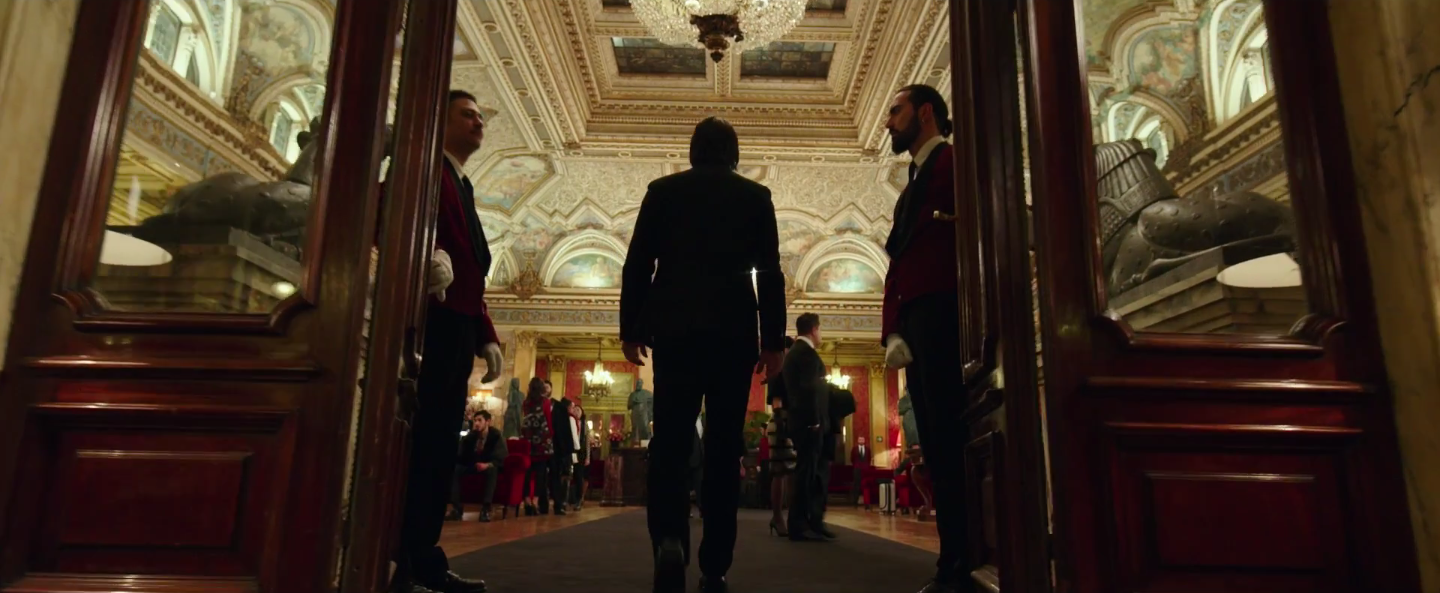

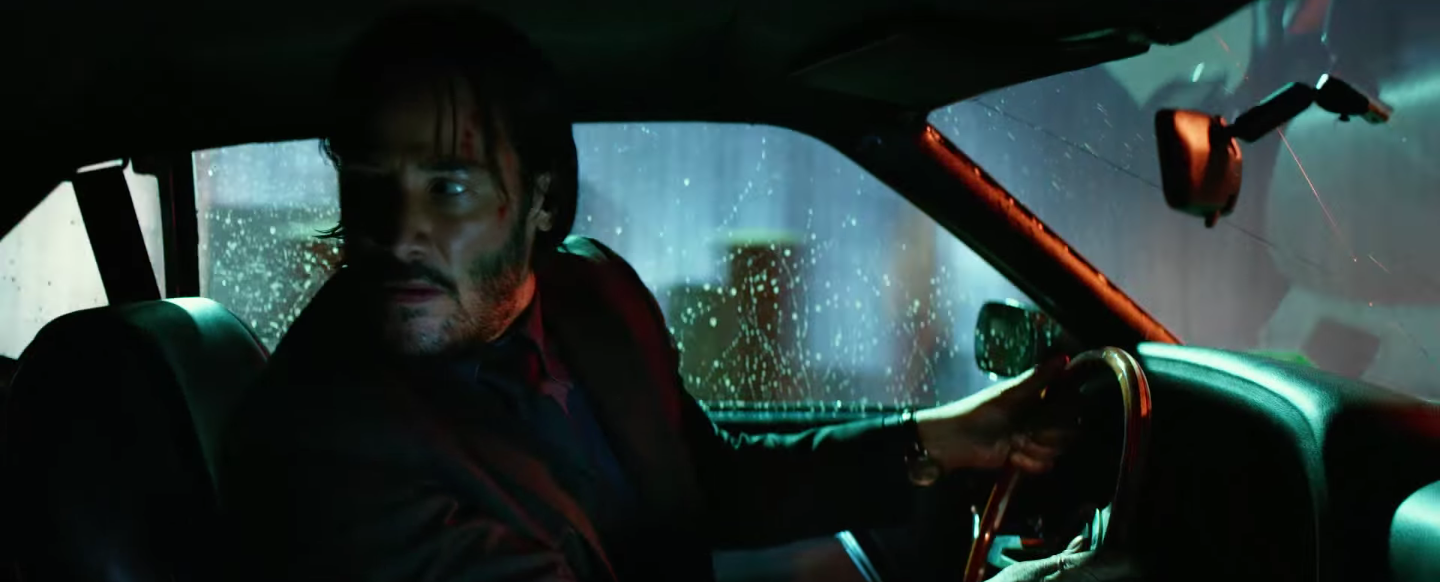
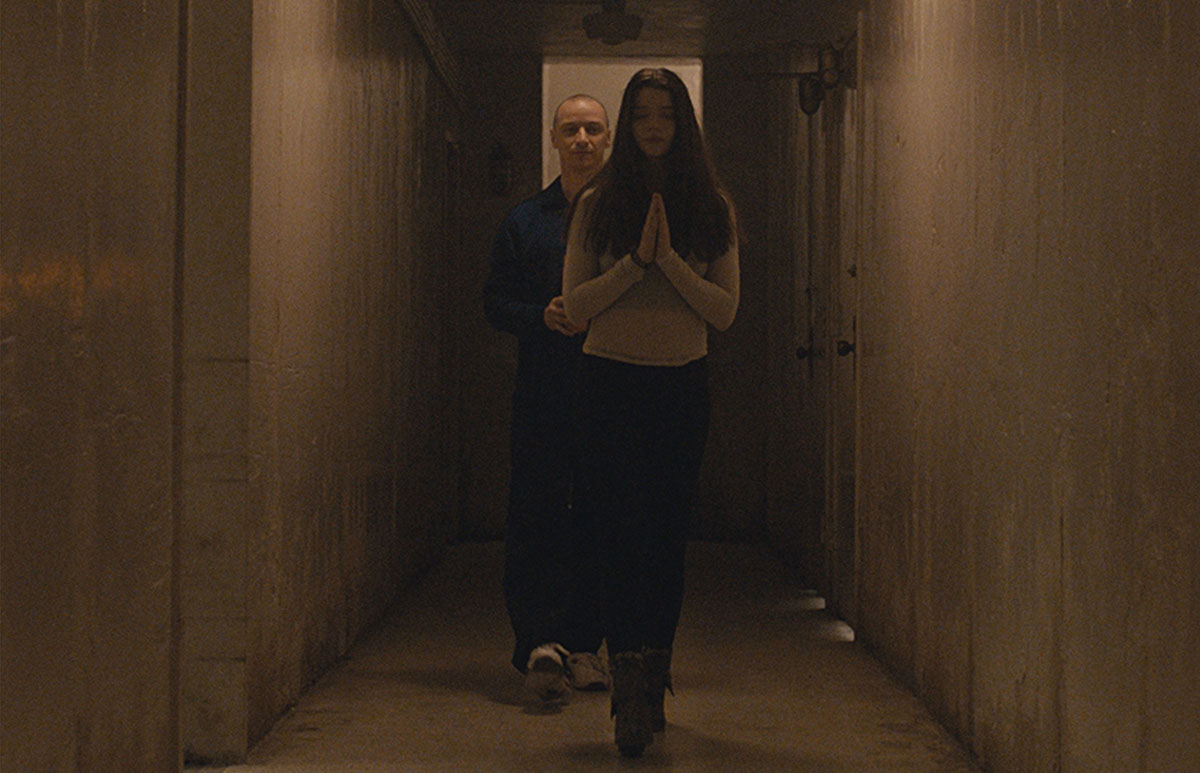
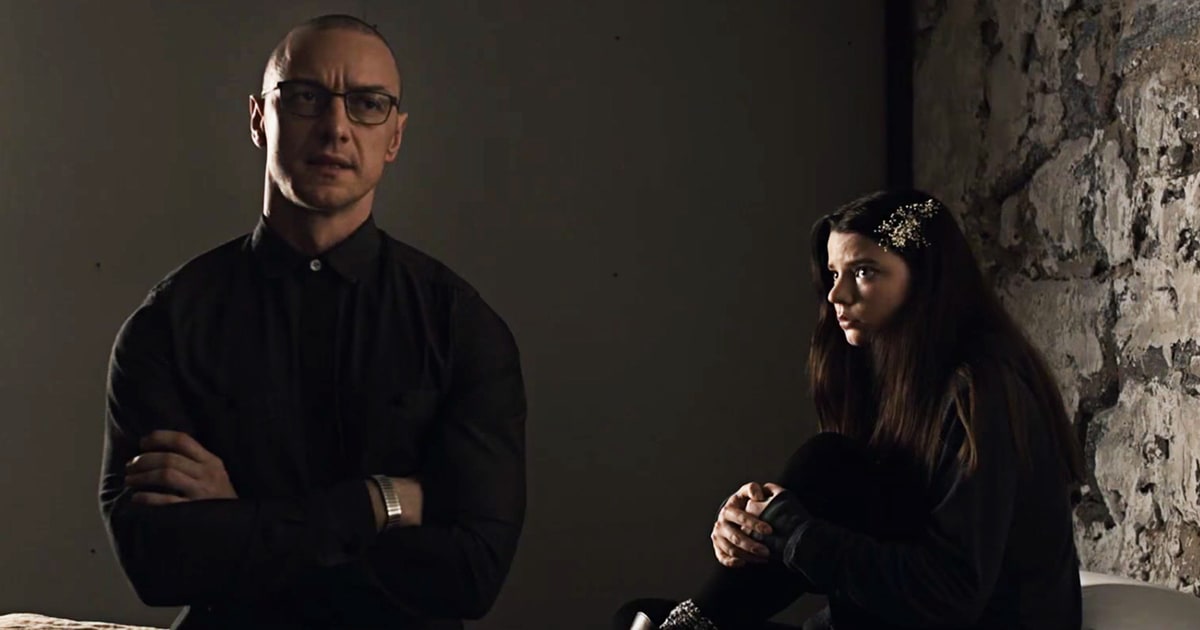
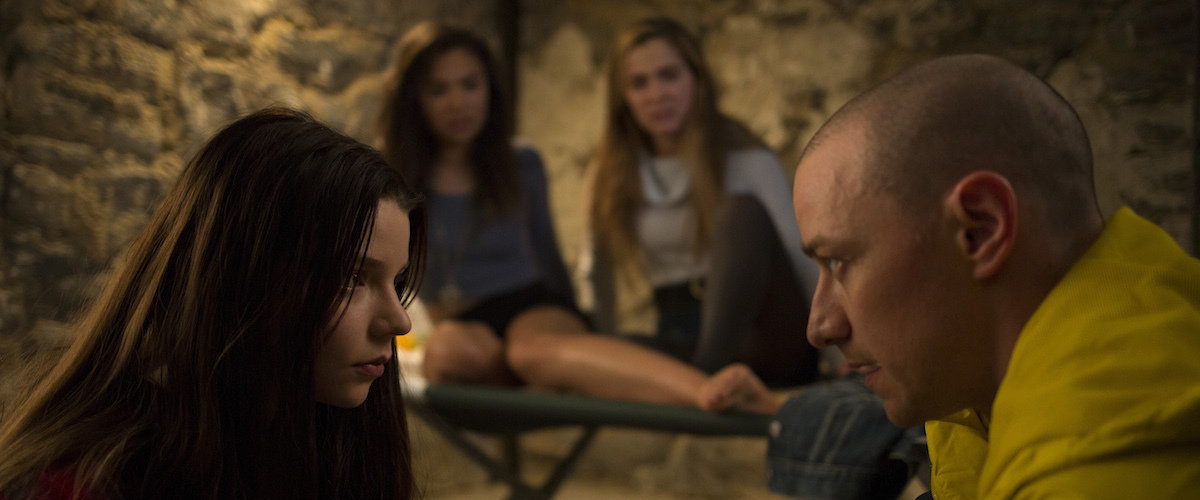


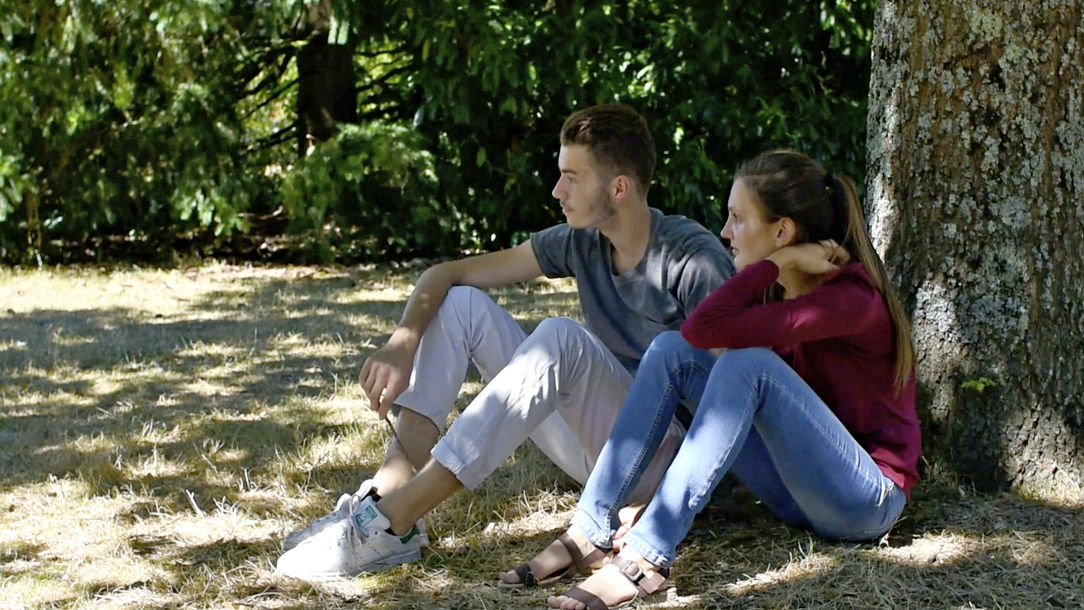
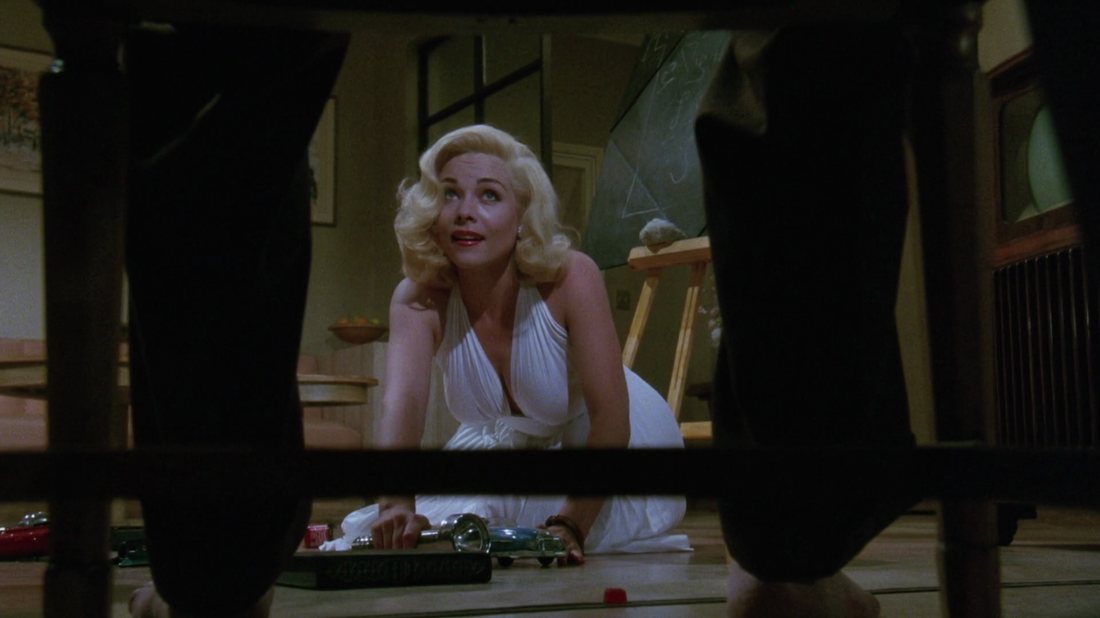
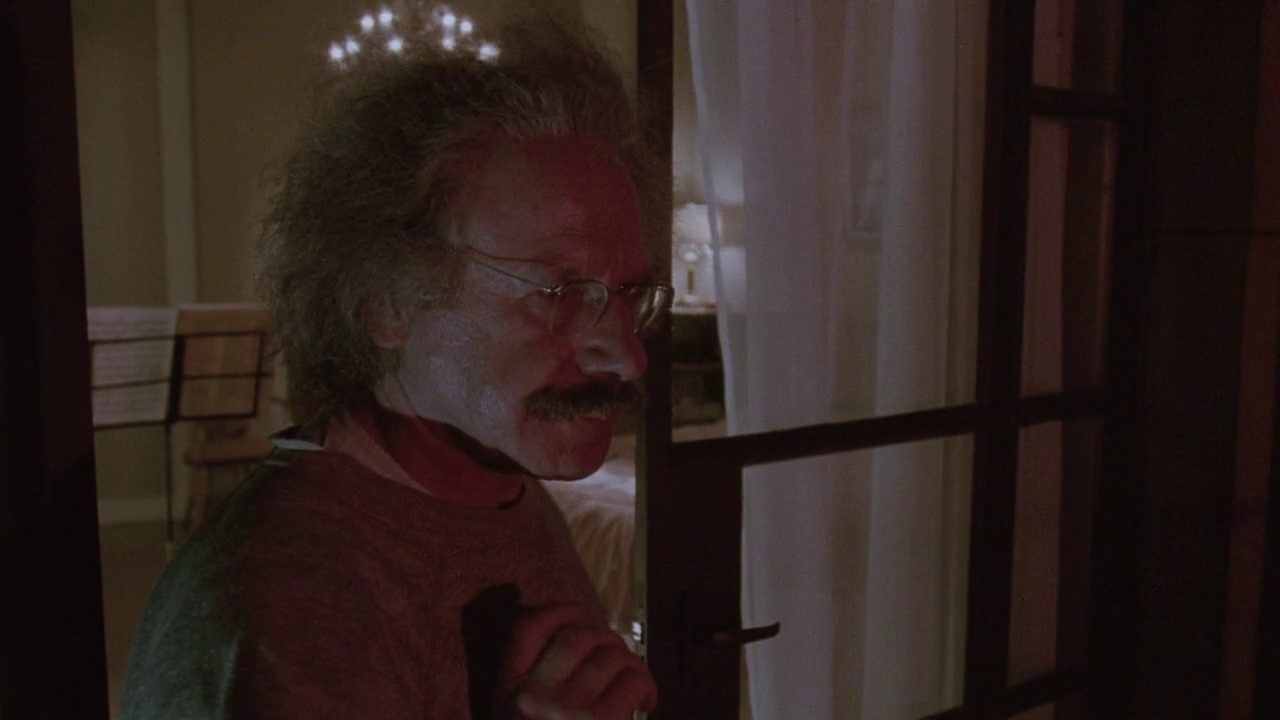

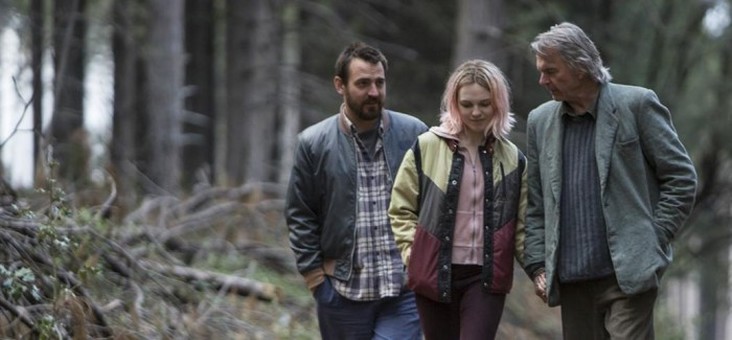
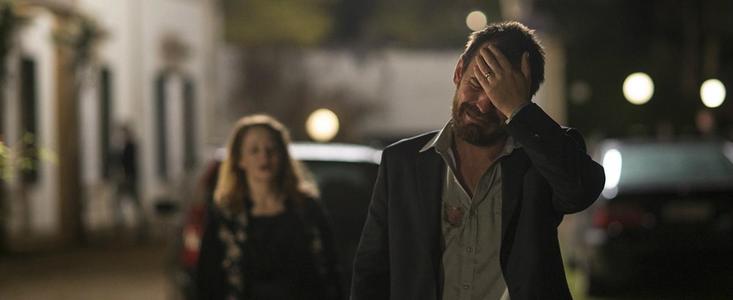

 RSS Feed
RSS Feed
